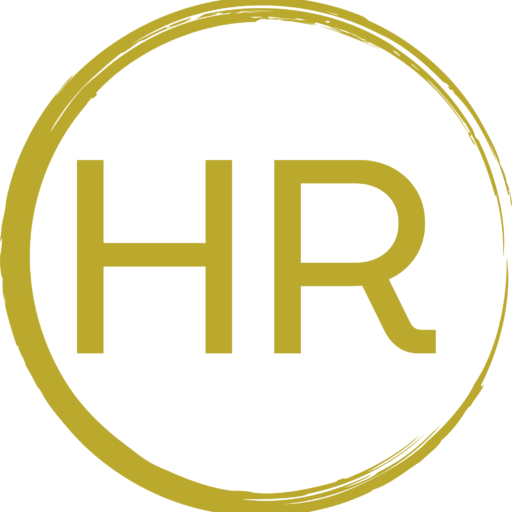Introduction
HR Dashboards – In today’s rapidly evolving business landscape, the need for a dynamic HR strategy is more crucial than ever. As a business grows and changes, so too must the tools it uses to manage and understand its workforce. Enter the HR dashboard: not just a tool for tracking HR metrics but a vital part of your strategic armory. However, not all dashboards are created equal. The most effective HR dashboards are those designed to evolve alongside your business, ensuring they continually meet your needs no matter what new challenges or opportunities arise. This article delves into the importance of building an HR dashboard that not only meets your current needs but is also engineered to grow with your business, making sure you’re always one step ahead.
Envisioning Your Future: What Does Scalability Mean for Your HR Dashboards?
Scalability might be a buzzword across tech platforms, but when it comes to your HR dashboard, it’s a critical feature. Imagine a tool that adapts to increased demands without sacrificing performance or losing data fidelity. Scalability means your HR dashboard can handle growing amounts of data and more complex analytics as your business expands. It means that when you double your workforce, your dashboard doesn’t stutter under the pressure but instead provides more insights with the same efficiency.
To envision a scalable HR dashboard, start by assessing future business needs. Will you enter new markets? Will your workforce double in size? Will new compliance requirements need tracking? Answering these questions will help you understand the kinds of scalability your dashboard must handle, whether it’s adding new data sources, handling more concurrent users, or integrating advanced analytics capabilities. By planning for these eventualities now, you can ensure your HR dashboard remains a reliable and insightful tool that contributes to rather than complicates your growth.

Building Blocks of a Dynamic HR Dashboards: Modular Design Principles
The modular design is a cornerstone of a dynamic HR dashboard. This approach allows individual components or modules of the dashboard to be developed, updated, or replaced independently without affecting the rest of the system. Think of it as building with Lego blocks—each block serves a specific function, and together, they create a robust structure.
In practice, this means you can customize and extend your HR dashboard easily. Need to add a module for tracking remote employee engagement? It can be done without reconfiguring your entire dashboard. Want to integrate a new third-party tool for performance analytics? Plug it in without disrupting existing functions. Modular design not only enhances flexibility but also reduces downtime during upgrades and ensures your dashboard can evolve step-by-step with your business.
Adapting to Change: How to Integrate Flexibility in HR Dashboard Functionality
Flexibility in an HR dashboard goes beyond modular design; it encompasses the ability to quickly and easily modify the dashboard to meet changing business conditions. This adaptability is crucial in responding to immediate challenges such as a global health crisis or sudden shifts in employment law.
To build flexibility into your HR dashboard, consider technologies like cloud computing, which allows for rapid scaling and accessibility from anywhere, anytime. Also, invest in user-configurable dashboards that allow HR managers or even employees to customize views and reports to meet their specific needs without requiring IT intervention. Another key aspect is choosing software with an extensive API ecosystem, enabling seamless integration with new tools and systems as they become necessary.
From Insights to Action: Ensuring Your HR Dashboards Drives Strategic Decisions
An HR dashboard shouldn’t just be a reflection of data; it should be a springboard for action. Turning insights into action is the ultimate goal, and for that, your dashboard needs to be more than just informative—it needs to be inspirational. It should highlight trends and anomalies, suggest correlations, and even recommend actions.
To achieve this, incorporate predictive analytics and machine learning algorithms that can forecast future trends based on historical data. Ensure your dashboard can provide actionable insights, like identifying flight risks or pinpointing inefficiencies in talent utilization. By making data easy to interpret at a glance—through clear visuals and intuitive layouts—your HR dashboard can transform raw data into strategic insights that drive smarter business decisions.
Stay Ahead of the Curve: Regular Updates and Upgrades to Keep Your HR Dashboard Relevant
Technology evolves, businesses change, and your HR dashboard must keep pace. Regular updates and upgrades are essential to maintain its relevance and effectiveness. This doesn’t just mean keeping the software up to date to prevent security risks—it also means continuously enhancing and expanding its capabilities to match your growing business needs.
Implement a schedule for regular reviews and updates of your dashboard. Work with IT and HR teams to identify areas for improvement, gather user feedback, and track the emergence of new technologies that could enhance your dashboard’s functionality. An ongoing commitment to maintaining and upgrading your HR dashboard ensures it remains a powerful tool that delivers valuable insights.
Conclusion
Building an HR dashboard that can grow with your business is an investment in your company’s future. It’s about foreseeing changes, preparing for growth, and harnessing the full power of your workforce data to drive strategic decisions. With a scalable, flexible, and regularly updated HR dashboard, you equip your business with the tools it needs to adapt and thrive in an ever-changing business environment.
If you’re ready to take the next step in future-proofing your HR strategy with a dashboard tailored to your evolving needs, contact Crystal Coast HR to help you build your HR dashboard today! This is your chance to stay ahead of the curve and transform your HR data into actionable insights that propel your business forward.

